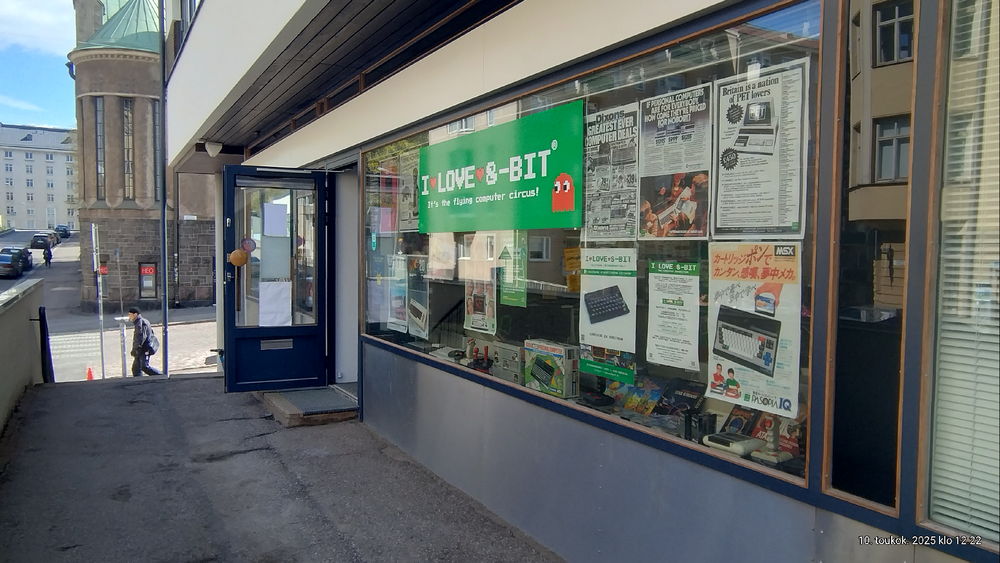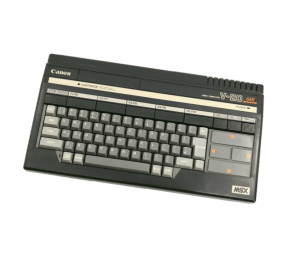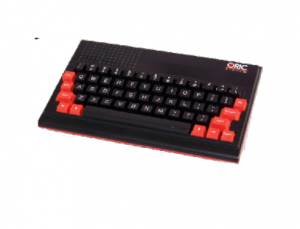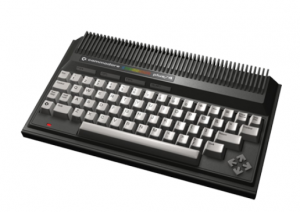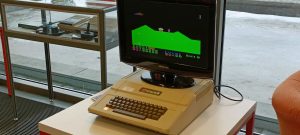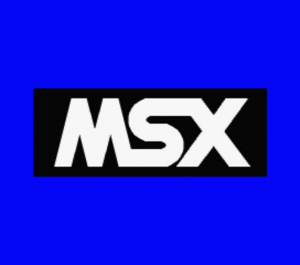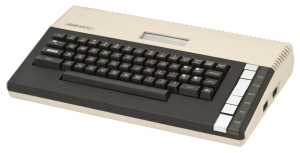A Welsh Chapter in Home Computing History
British households, once dominated by typewriters and telephones, were suddenly discovering the wonders of microchips and keyboards. It was into this arena that the Dragon 32 and its successor, the Dragon 64, made their entrance. Developed by Dragon Data Ltd of Port Talbot, Wales, these machines briefly shone as symbols of British ambition in a global race dominated by giants such as Commodore, Sinclair, and Apple. The Dragon computers owed their existence to a mix of timing and circumstance. The parent company, Mettoy, was better known for manufacturing toys, but like many businesses in the early 1980s, it saw computing as a sector ripe for expansion. With financial support and technical collaboration, the Dragon 32 was brought to market in August 1982. At its heart was the Motorola MC6809E processor, widely regarded as one of the most advanced 8-bit CPUs of the time. This made the Dragon a close cousin of the American TRS-80 Color Computer (CoCo), which shared the same architecture. For the United Kingdom, however, the Dragon 32 represented a domestically-produced alternative to the foreign imports flooding the market.
On first impressions, the Dragon 32 seemed solid—literally and figuratively. Its plastic case was sturdy, its keyboard was of higher quality than the “dead-flesh” keys of the ZX Spectrum, and its Microsoft Extended BASIC gave budding programmers a flexible tool with which to learn their craft. The processor, though clocked at a modest 0.89 MHz, was powerful in terms of instruction set design, appealing to serious hobbyists who wanted to push the boundaries of 8-bit computing. For families and schools, the Dragon was marketed not only as a gaming device but as an educational tool. It was also priced competitively: around £175 at launch, making it affordable compared to the BBC Micro but more expensive than the Spectrum.
The markets
The Dragon 32 was soon followed by the Dragon 64, released in 1983. As the name implied, it doubled the available RAM to 64 KB, allowing users to run more demanding applications. The Dragon 64 also introduced a built-in RS-232 serial interface, making it better suited to business and communications tasks such as connecting to modems or terminals. Both machines supported expansion through cassette recorders, floppy disk drives, printers, and joysticks, with a modest ecosystem of peripherals emerging during their lifespan. Although the Dragon line was not designed primarily as a gaming machine, games inevitably became a crucial part of its appeal. Much of the software library consisted of ports or clones, many of them adapted from the TRS-80 Color Computer. Popular titles included Cuthbert Goes Walkabout, Cuthbert in Space, and Time Bandit, all of which became emblematic of the platform. Still, the Dragon lagged behind competitors in this arena. Its graphics resolution and sound hardware could not compete with the colorful output of the Commodore 64 or the playful charm of the ZX Spectrum, and this limited its attractiveness to the teenage gamers who drove much of the market.
The press and Dragon computers
The British computing press was respectful but not enamored. Reviewers praised the Dragon’s sturdy construction, serious programming environment, and the power of the 6809 processor. Yet the tone of coverage often suggested that the machine lacked glamour. Where the Spectrum dazzled with cheap thrills and the Commodore 64 impressed with arcade-quality games, the Dragon was seen as workmanlike. For education and hobbyist programming it had clear merits, but as a general-purpose home entertainment device, it struggled to inspire excitement.
The fall and legacy
Despite early enthusiasm and a respectable foothold in the UK market, Dragon Data quickly found itself in trouble. The market was crowded, and price wars left little room for a mid-range machine that was neither the cheapest nor the most entertaining. By 1984, financial problems became insurmountable, and Dragon Data entered receivership. Its assets were acquired by the Spanish company Eurohard S.A., which attempted to continue production and distribution in Spain and parts of Europe, but the momentum had already been lost. Within a few years, the Dragon computers faded quietly from the market. The Dragon 32 and 64 are remembered as bold, if short-lived, attempts to carve out a place in the golden age of home computing. They offered sturdiness, sophistication, and an unusually powerful CPU for the time, but in an industry driven by price, graphics, and mass-market software, these strengths were not enough. Collectors and retro enthusiasts now regard the Dragon machines as quirky relics of a fascinating era—a Welsh voice in a global conversation that was quickly drowned out by larger, louder competitors.



